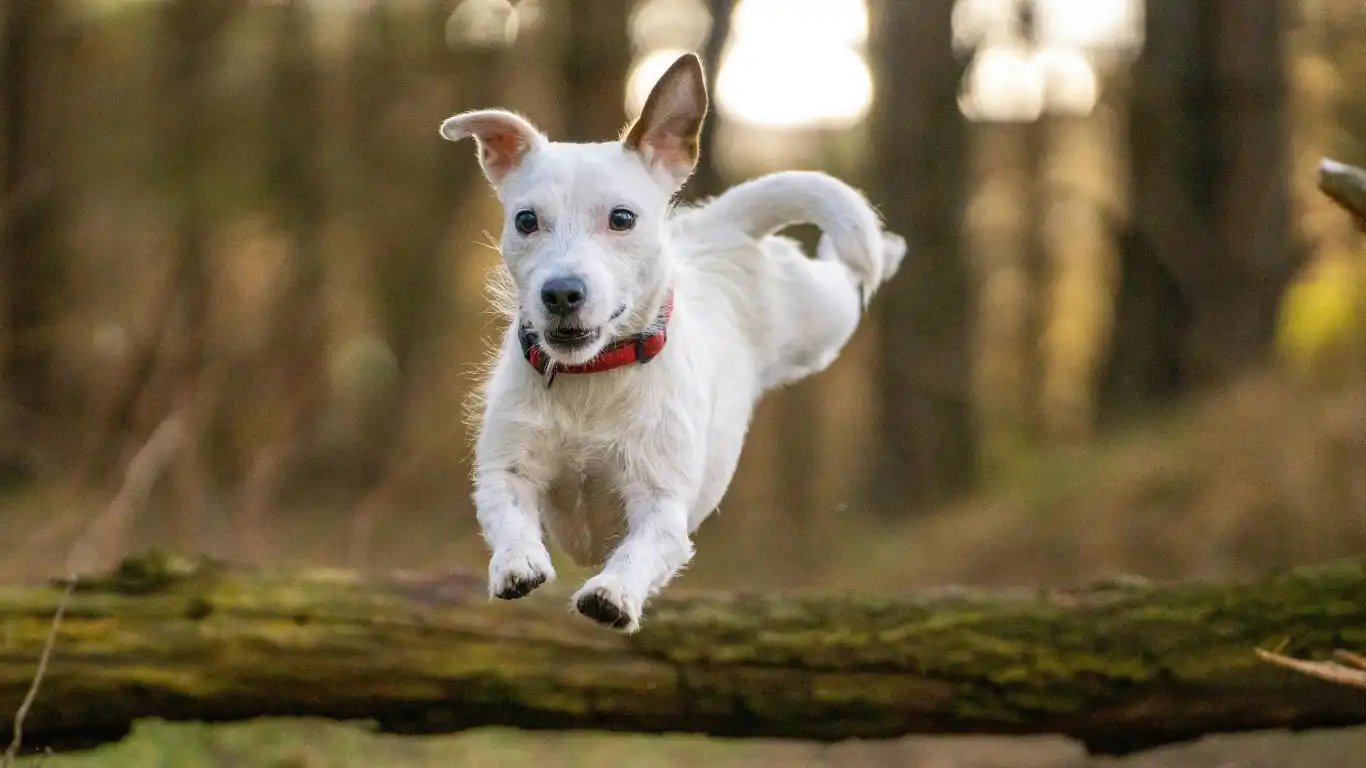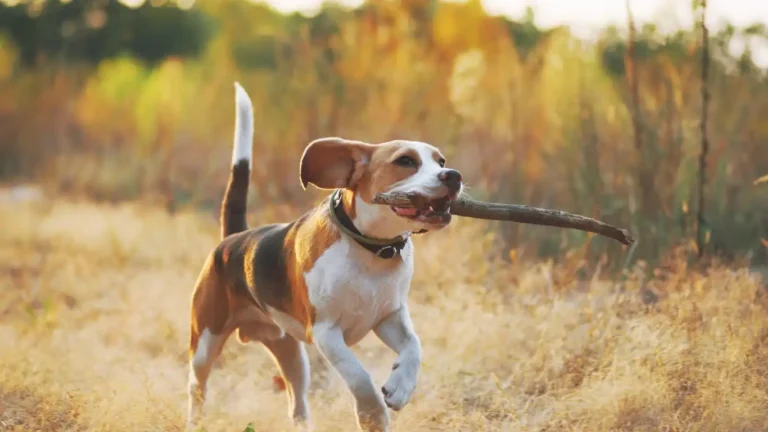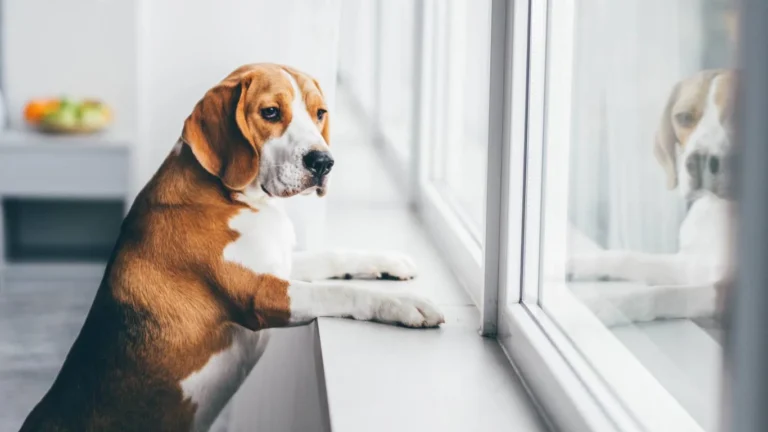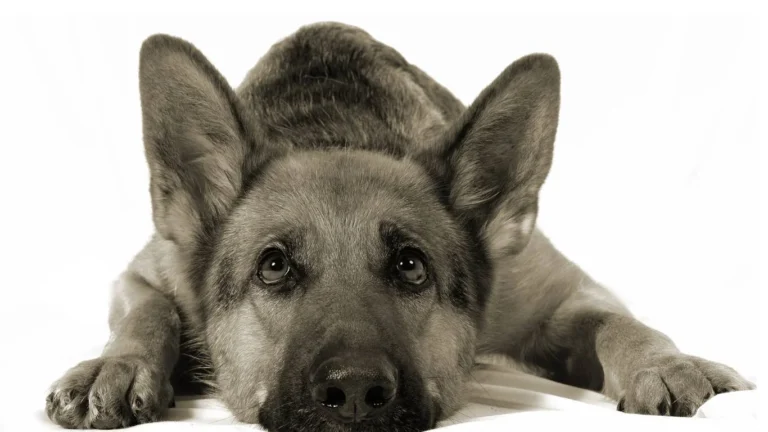Ultimate Guide: How to Monitor Your Dog’s Hydration Daily for Health
Hey there! If you’re like me—a Veterinary Technician with a passion for nutrition—you probably understand how crucial it is to keep a close eye on your furry friend’s well-being every single day. One key factor that often gets overlooked but is absolutely essential? Hydration. Knowing how to monitor your dog’s hydration daily can make a huge difference in their overall health, energy levels, and even longevity. After all, just like us, dogs need water to stay happy and healthy, but their needs can be a bit trickier to spot sometimes. From my years working hands-on with pets, I’ve seen how small changes in hydration can signal bigger issues, and catching those signs early can save a lot of stress—and vet bills.
Why Hydration Matters So Much for Your Dog
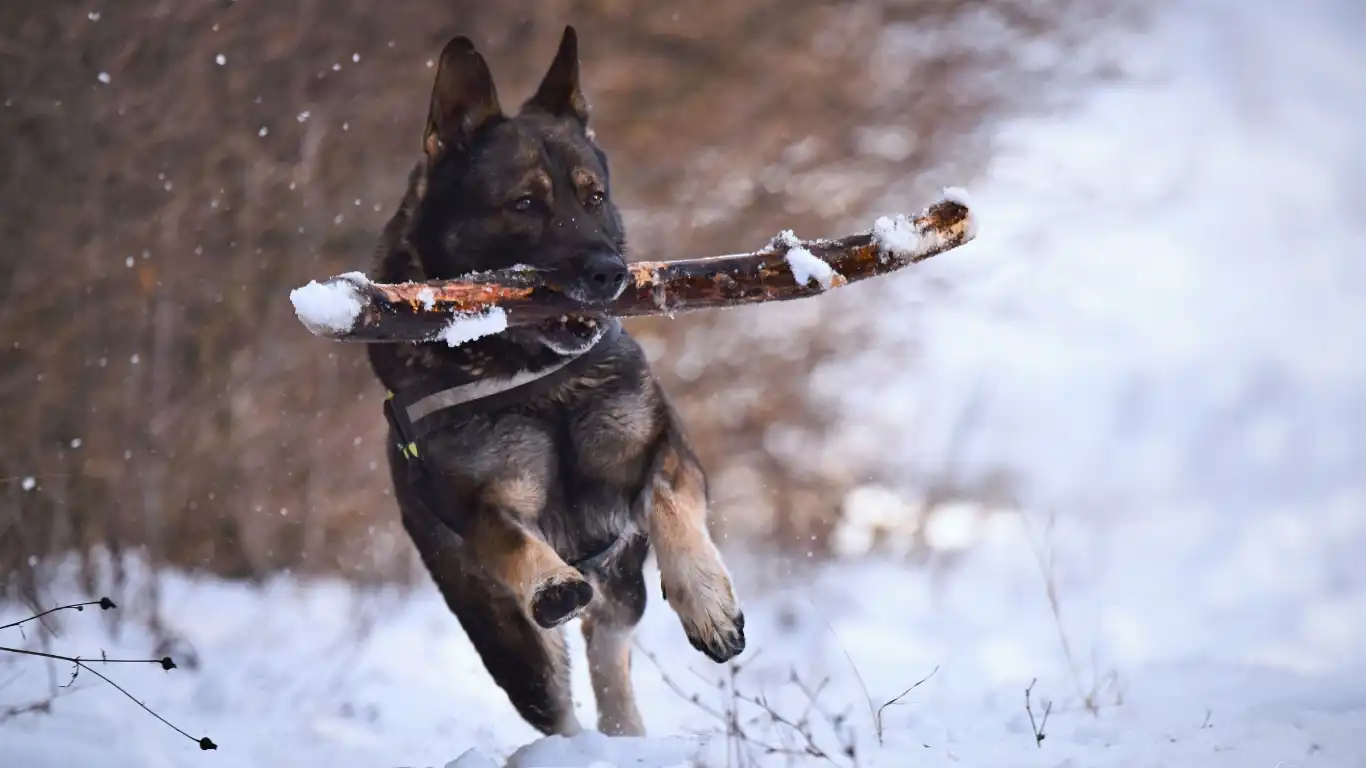
Water is the foundation of all life, and for dogs, it’s no different. Their bodies are about 60-70% water, which means that keeping that balance right is crucial for everything from digestion to temperature regulation and joint health. When dogs get dehydrated, even mildly, it can affect their mood, energy, and how well their organs function. In my experience, many pet owners underestimate just how quickly dehydration can sneak in, especially during hot weather or after a vigorous play session.
One of the most important lessons I’ve learned working in veterinary nutrition is that hydration isn’t just about offering water, but also about making sure your dog is actually drinking enough. Dogs can be sneaky drinkers—sometimes they just sip a little and move on, and other times they might avoid water altogether if they’re not feeling well.
How to Monitor Your Dog’s Hydration Daily
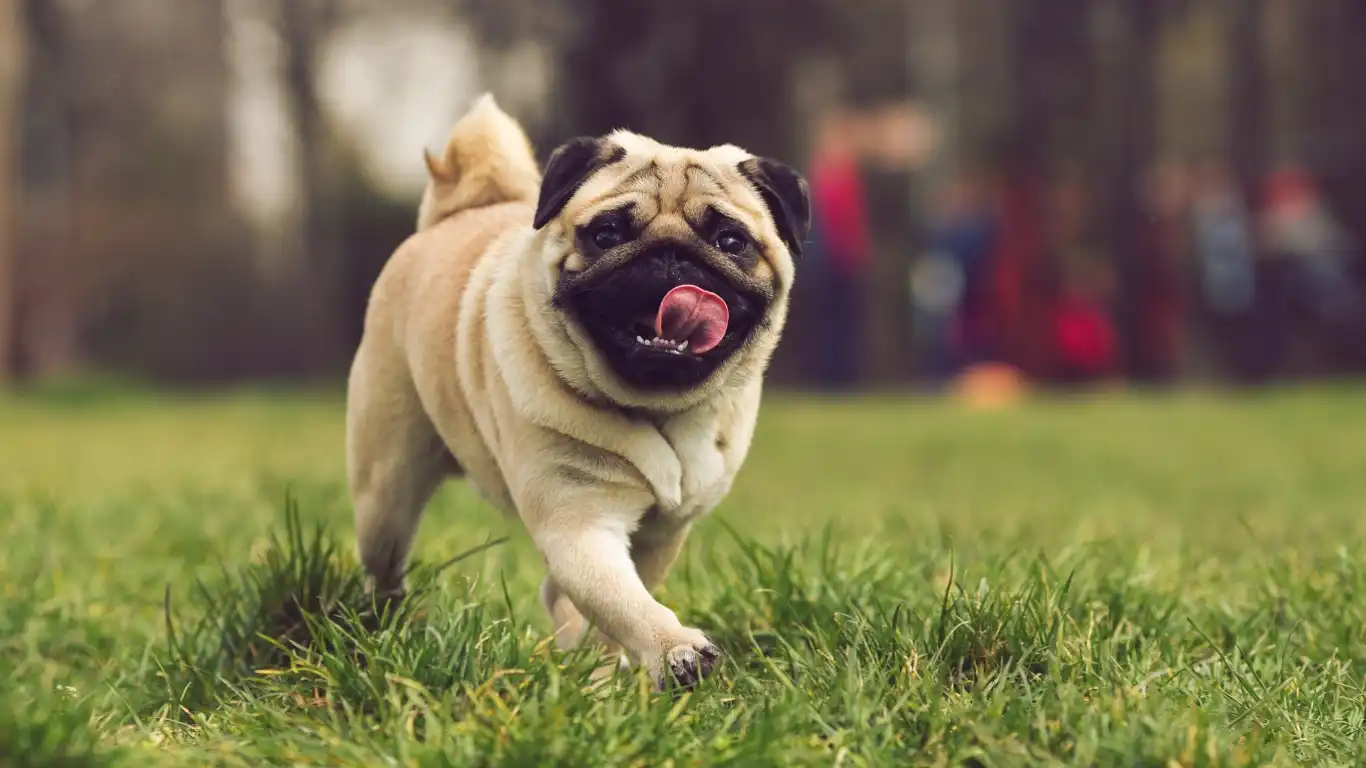
So, how do you keep track of this? Monitoring your dog’s hydration daily might sound complicated, but with a few simple techniques, you can get a pretty good read on how well they’re staying hydrated. Here’s what I personally recommend—these are the go-to checks I do whenever I care for my own pups or work with clients at the clinic:
1. Observe Drinking Habits
Start by watching how often and how much your dog drinks water. Some dogs are naturally light drinkers, but if you notice a sudden drop or increase in water intake, it’s worth paying attention to. If your dog’s bowl is consistently full by the end of the day, it might be a red flag. On the flip side, excessive drinking can indicate other issues like diabetes or kidney problems, so it’s not always straightforward.
2. Check the Skin Elasticity (Skin Turgor Test)
One of the quickest and easiest hydration tests is the skin turgor test. Gently pinch the skin between your dog’s shoulder blades and then release. If the skin snaps back quickly, your dog is probably well hydrated. If it stays tented or slowly returns to normal, this can be a sign of dehydration. I always tell pet parents this is a simple way to do a quick check right at home.
3. Look at Their Gums
Healthy gums are a great hydration indicator. When you gently press on your dog’s gums, they should be moist and pink. If their gums feel dry, tacky, or pale, it’s time to think about their hydration status. Plus, the “capillary refill time” (pressing on the gums and seeing how fast the color returns) can provide clues about circulation and hydration.
4. Monitor Urine Output and Color
Urine is another helpful clue. Dark yellow or concentrated urine can mean your dog needs more water, while clear or light yellow urine usually indicates good hydration. Also, keep an eye on how often your dog urinates—if they’re going less frequently or having trouble, this can be related to hydration or kidney function.
5. Pay Attention to Behavior and Energy
Hydration can affect your dog’s whole vibe. When they’re properly hydrated, they tend to be more alert and playful. If your dog seems lethargic, unusually tired, or even irritable, it could be linked to dehydration or an underlying issue. From my veterinary experience, changes in energy levels are often one of the earliest warning signs.
Tips to Encourage Your Dog to Drink More Water
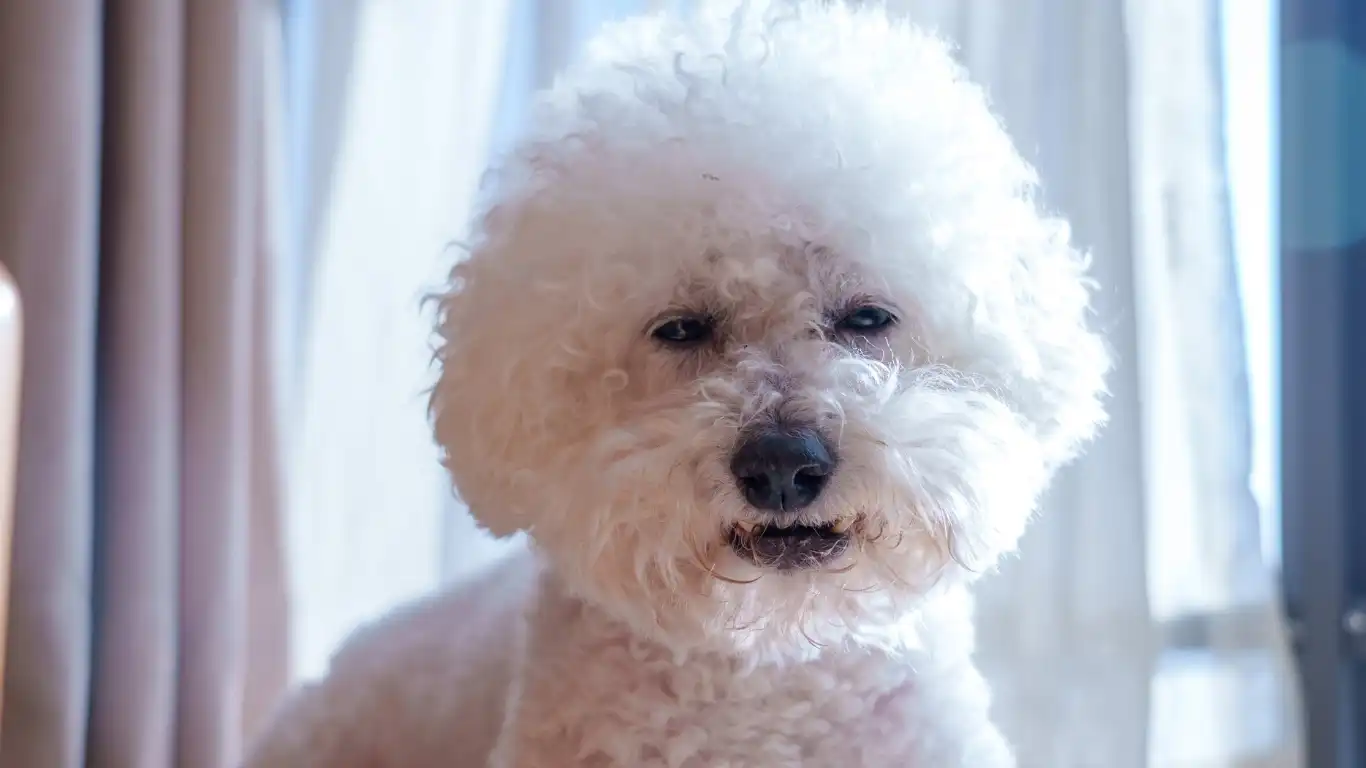
Okay, so you’ve got the hang of how to monitor your dog’s hydration daily, but what if your pup isn’t drinking enough? This is a common challenge, and trust me, I’ve seen it a lot during my years as a Veterinary Technician specializing in nutrition. Dogs can be picky, or sometimes they just don’t feel like drinking much water, especially if their food is super moist or during cooler months. Here are some tried-and-true tips that have worked for me and my clients to boost water intake without turning it into a battle.
Make Water Accessible and Inviting
Sometimes, the simplest fixes are the best. Make sure your dog’s water bowl is always clean and filled with fresh, cool water. A dirty bowl or warm water can be a total turnoff for dogs. I always suggest placing multiple water stations around the house or yard—this is especially helpful for bigger breeds or dogs that roam in different rooms during the day.
Try Adding Flavor
If your dog is a little hesitant, try adding a splash of low-sodium chicken or beef broth to the water. It’s a subtle flavor enhancer that can make hydration more appealing. I’ve personally used this trick countless times with picky drinkers, and it often gets them interested again. Just make sure the broth doesn’t contain onions, garlic, or other ingredients toxic to dogs.
Switch Up the Bowl
Believe it or not, some dogs develop preferences for certain types of bowls. Glass or stainless steel bowls tend to be more appealing than plastic ones because they don’t retain odors and are easier to keep clean. Plus, some dogs don’t like the feel or taste that plastic can sometimes impart. You might want to experiment with different styles and sizes to see what your dog prefers.
Incorporate Water-Rich Foods
As a nutrition-focused Vet Tech, I love recommending foods that naturally boost hydration. Adding wet dog food, or mixing a little bit of water or broth into dry kibble, can help. Even some fresh fruits and veggies that are safe for dogs—like cucumber slices or watermelon chunks—can add hydration and a bit of tasty variety. Just be mindful of portions and any food sensitivities.
When to Be Concerned About Your Dog’s Hydration
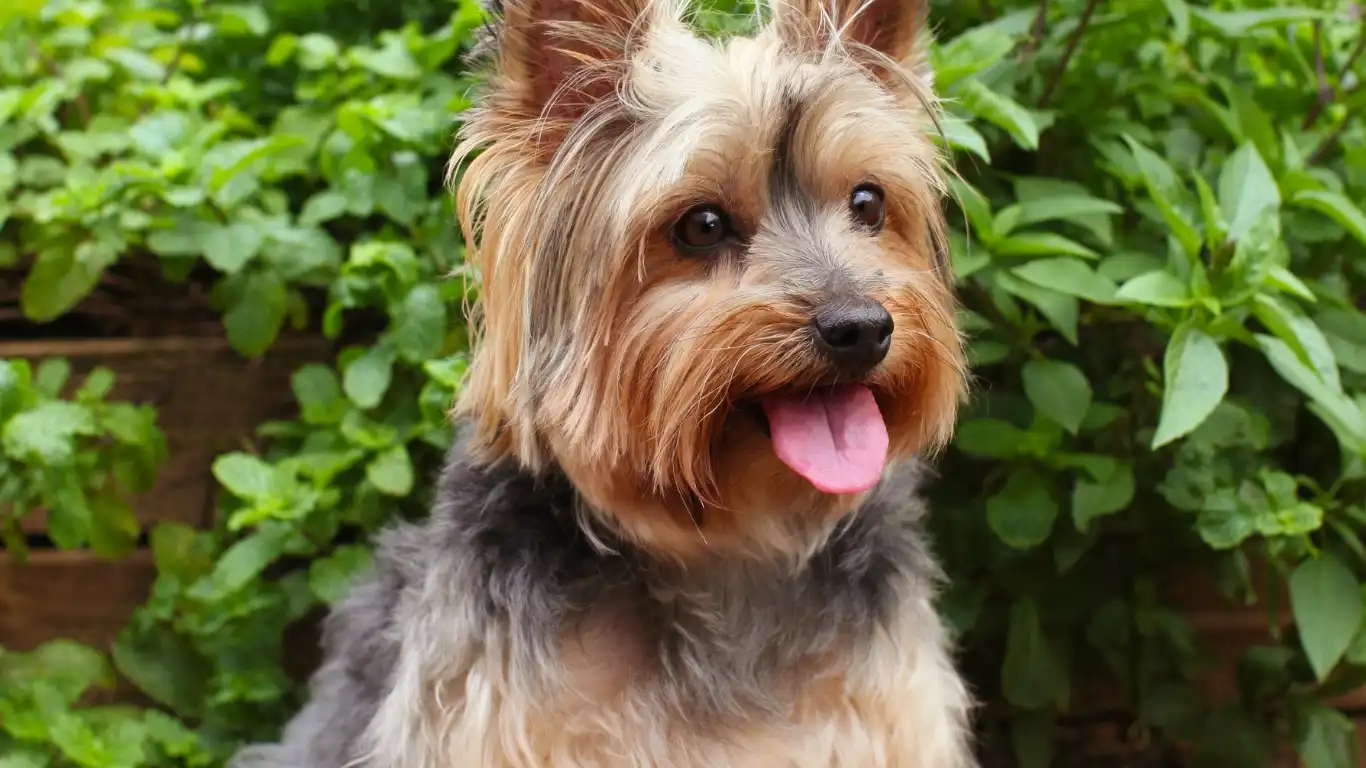
While daily monitoring and encouraging hydration is key, it’s also important to recognize when your dog’s hydration issues might indicate something more serious. Dehydration can develop quickly, especially in puppies, senior dogs, or those with chronic health issues. Here’s what I keep in mind both in the clinic and at home to spot red flags early.
Signs That Warrant a Vet Visit
- Persistent lethargy or weakness: If your dog is unusually tired and doesn’t perk up with rest or water, it’s time to check in with your vet.
- Excessive panting or dry nose: These can be early signs of heat stress or dehydration.
- Vomiting or diarrhea: These conditions can quickly sap fluids, putting your dog at high risk for dehydration.
- Sunken eyes or sticky gums: These physical signs usually indicate moderate to severe dehydration.
- Refusing to drink or eat for more than 24 hours: That’s a big red flag in my experience, and it needs prompt attention.
Whenever I encounter dogs with these symptoms in the clinic, we often run hydration and blood tests immediately. Quick intervention can prevent complications like kidney failure or heat stroke, so I always encourage pet parents to err on the side of caution.
Special Considerations for Puppies and Senior Dogs
Puppies and older dogs tend to be more vulnerable when it comes to hydration. Puppies are still developing their ability to regulate fluids and often get into situations where they can’t easily access water. Seniors may have underlying health issues—like kidney disease or diabetes—that affect hydration levels. From my personal experience, checking hydration in these groups requires extra care and sometimes more frequent vet visits.
If you have a puppy or senior dog, keeping a hydration journal can be a game-changer. Track how much water they drink daily, any changes in behavior, and how often they urinate. This simple log can be invaluable for spotting trends and communicating with your vet.
Hydration Myths and Common Misconceptions
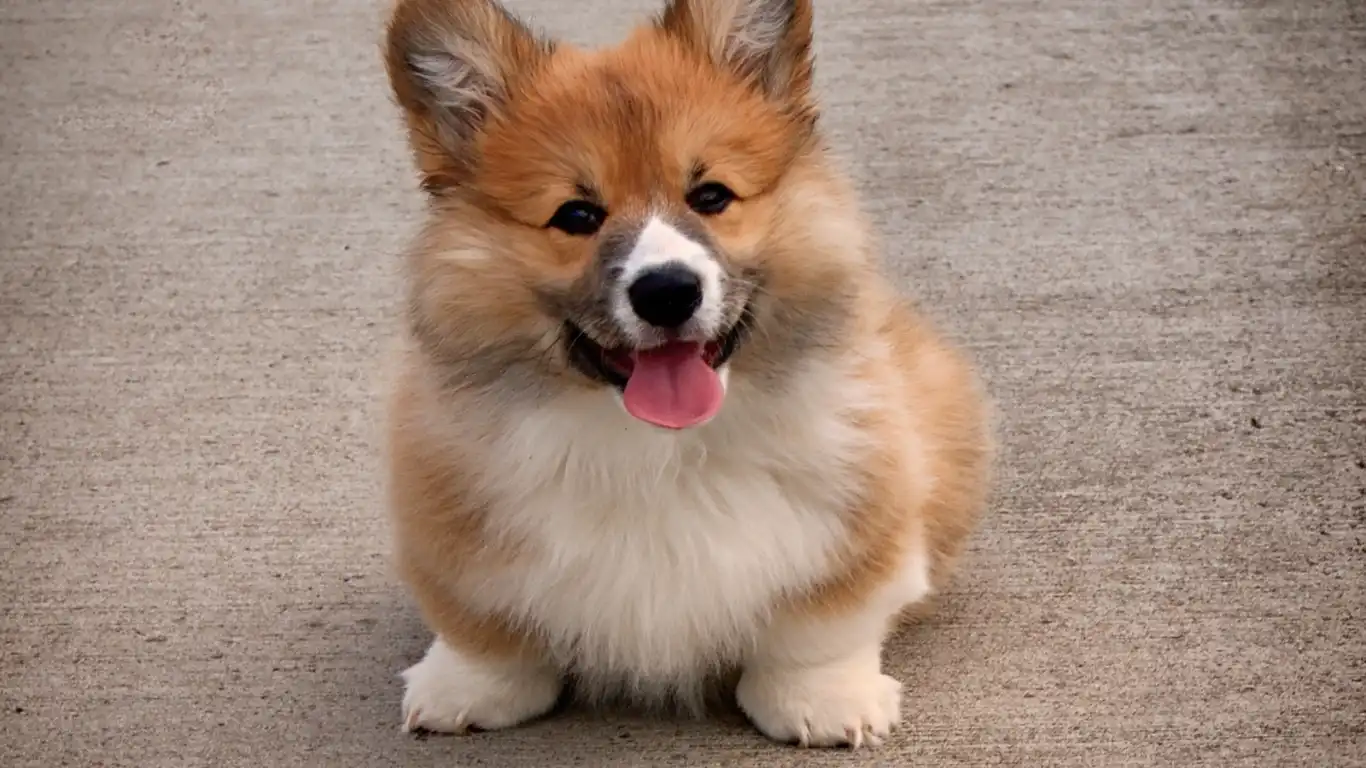
There’s a lot of misinformation floating around about dog hydration, so let’s clear up a few things I often hear in the clinic:
- “Dogs only need water when they’re thirsty.” Actually, dogs can sometimes delay drinking even when their bodies need it. Encouraging regular water intake is important to prevent dehydration before it starts.
- “Wet food means dogs don’t need to drink as much.” While wet food contains more moisture, it doesn’t replace the need for fresh water. Consider it a supplement, not a replacement.
- “Cold water is bad for dogs.” This is a myth! Cool water can actually be refreshing and encourage drinking, especially on hot days. Just avoid freezing temperatures that might be uncomfortable.
- “If a dog drinks a lot, it means they’re healthy.” Not always. Excessive drinking can signal health problems, so it’s important to watch for other signs and consult your vet if you’re worried.
Understanding the realities about hydration helps you make smarter decisions for your dog’s health. As someone who’s worked closely with pets and their families, I’ve learned that informed care is the best care.
Advanced Tips for Maintaining Optimal Hydration in Your Dog
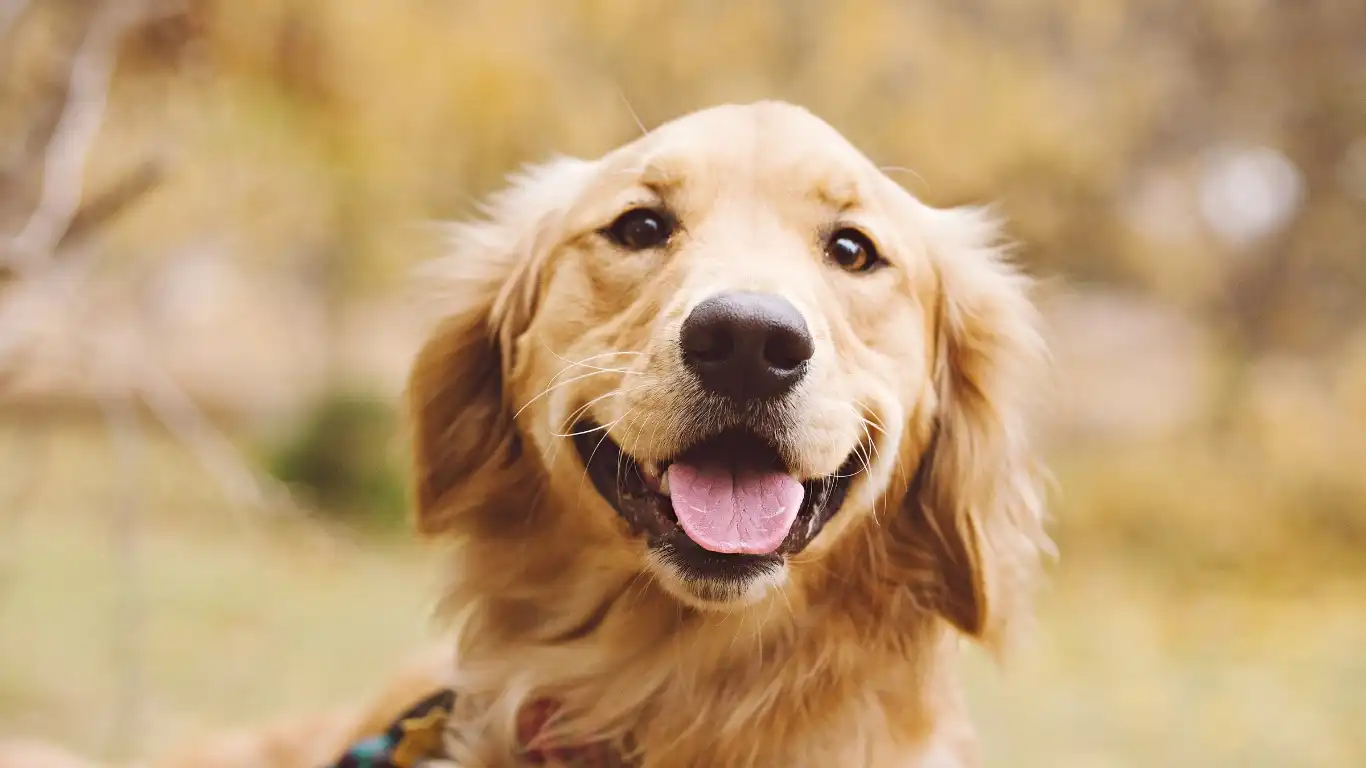
By now, you’ve got a solid grasp on how to monitor your dog’s hydration daily and the basics to encourage drinking, but let’s take it a step further. In my experience as a Veterinary Technician specializing in nutrition, keeping dogs hydrated isn’t just about water—it’s about lifestyle, environment, and subtle cues that often get overlooked. Here are some practical, advanced strategies I recommend to pet parents who want to be proactive about their dog’s hydration and overall health.
Consider Your Dog’s Environment and Activity Level
One of the first things I always assess when helping clients is how their dog’s daily routine impacts hydration. Dogs that spend a lot of time outdoors, especially in hot or dry climates, will naturally need more water. Likewise, high-energy pups or working dogs can lose fluids faster through panting and activity. I always advise adjusting water availability accordingly.
On hot days, for example, make sure your dog has access to shady spots and fresh water at all times. When out for walks or play sessions, bring a portable water bowl and offer water breaks often. I’ve found that dogs are much more likely to drink if water is readily available during activity rather than waiting until they get home.
Use Supplements and Electrolyte Solutions When Needed
Sometimes, especially after intense exercise or illness, dogs can lose electrolytes along with water. I often recommend pet-safe electrolyte solutions that can be added to their water bowl or given orally. These solutions help replace lost minerals like sodium and potassium, which are crucial for muscle function and hydration balance.
Before adding anything new, always chat with your vet or a qualified vet technician. In my years in the field, I’ve seen great results with electrolyte supplements when used properly, but too much or the wrong kind can backfire.
Be Mindful of Underlying Health Conditions
One of the most important pieces of advice I share is never to ignore persistent hydration issues. If your dog consistently drinks too little or too much water, it could be a symptom of an underlying problem like kidney disease, diabetes, or even infections. As someone who’s witnessed firsthand how these diseases impact hydration and nutrition, I can’t stress enough the importance of timely veterinary checkups.
If you notice any ongoing changes in your dog’s drinking or urination patterns, don’t hesitate to get a professional evaluation. Early diagnosis can make a huge difference in treatment success and quality of life.
Daily Hydration Checklist for Busy Pet Parents
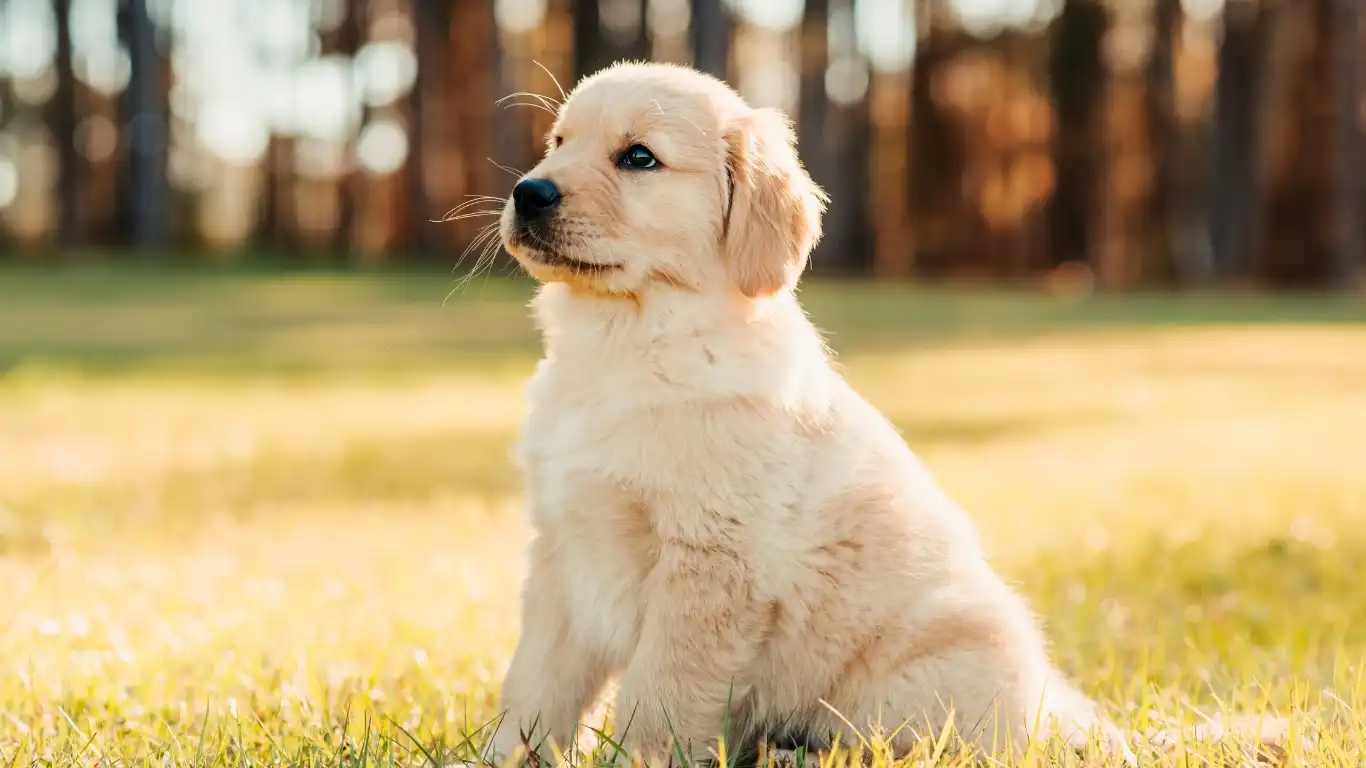
I know life gets busy, and sometimes hydration monitoring can slip through the cracks. To keep things simple, here’s a quick daily checklist that I personally use and share with pet families:
- Check the water bowl: Is it clean and full of fresh water?
- Observe drinking behavior: Did your dog take several drinks today? Any refusal?
- Perform a skin turgor test: Pinch the skin and watch how quickly it returns.
- Inspect gums: Are they moist and pink?
- Watch urine output: Is your dog urinating normally with a light yellow color?
- Note energy levels: Is your dog alert, playful, or showing signs of lethargy?
This checklist only takes a few minutes but can give you huge peace of mind. Over time, you’ll get to know your dog’s “normal” so well, spotting changes early becomes second nature.
Personal Experience: Why Hydration Monitoring Saved My Dog
I want to share a quick story from my own life that really hammered home the importance of daily hydration checks. A few years ago, my older Labrador started acting sluggish and was drinking less than usual. Because I was familiar with hydration monitoring, I immediately did the skin turgor test and checked her gums. They were dry and pale. I took her to the vet that same day, and it turned out she was mildly dehydrated due to an early kidney issue.
Because I caught it early, we were able to adjust her diet, increase fluid intake, and start treatment before things got serious. She’s now thriving, and I’m convinced that simple daily hydration checks helped us avoid a much worse situation. This experience fuels my passion for educating other dog parents—it’s truly lifesaving knowledge.
References and Further Reading
- American Veterinary Medical Association
- American Animal Hospital Association
- Cornell University College of Veterinary Medicine
- American Gastroenterological Association
Disclaimer
This article is intended for informational purposes only and does not substitute professional veterinary advice. If you notice any significant changes in your dog’s hydration or health, please consult your veterinarian promptly. Every dog is unique, and a qualified professional can provide personalized care tailored to your pet’s needs.
